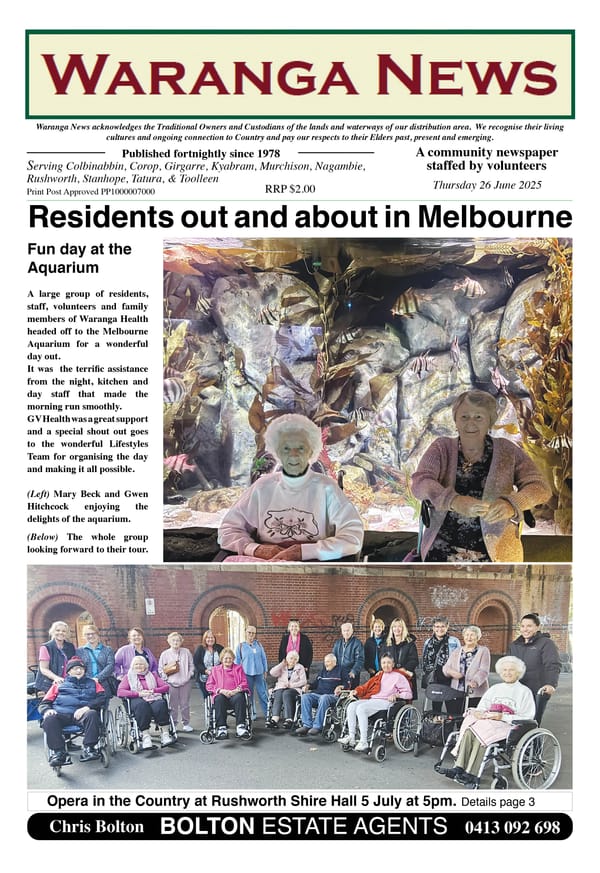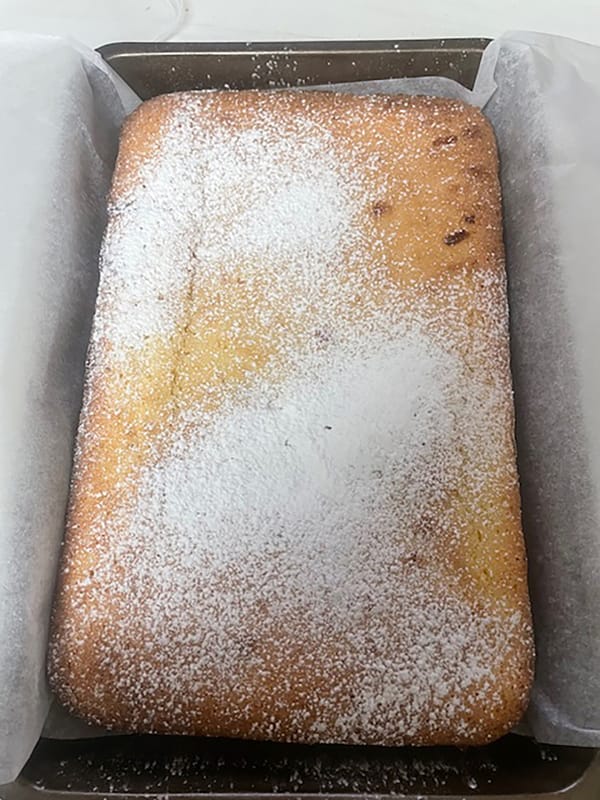35. Death and grieving

The previous Waranga Dreaming story cited William Thomas, a former Assistant Protector of Aborigines, providing details of what he thought were standard practices after the death of an Aboriginal person. It is worth noting that practices varied widely across Australia prior to European colonisation – perhaps even within Ngurai-illum Wurrung country - and included both burial and cremation.
What Thomas does not mention in his story is that the time of death and grieving was often accompanied by most intense keening by the Aboriginal women. Unlike many present-day funerals, grief was displayed openly and unashamedly and could also include mourners self-inflicting themselves with wounds.
KEENING
When we think of keening as a way of expressing grief, we tend to think of the Irish. In his book “My Father’s Wake”, Irish author Kevin Toolis writes – “In the narrow room the old man lay close to death….In the bare whitewashed room, no bigger than a prison cell, 10 watchers – the mná caointe – the wailing women, were calling out, keening, sharing the last moments of the life, and the death, of this man. My father. Sonny…In the tight, enclosed space, the sound of this chorus of voices boomed off the walls, the ceiling, louder and louder, reverberating, verse after verse, on and on, cradling Sonny into death. This death so open, so different from the denial of the Anglo-Saxon world would, too, be Sonny’s last parental lesson. How to die.”
Similarly, keening was an important part of Aboriginal burial practice. When “Captain John” died in 1874, the Waranga Chronicle reported “As a rosy-tipped morning dawns on Monday a wail is heard from the native camp on the banks of the Goulburn at Murchison…His lubra (sic) mourns, and two other women from a neighbouring camp join in the coronach”.1 (Coronach = part of a round of keening, the traditional improvised singing at a death, wake or funeral).
We can only guess who the “two other women” would be, but most likely candidates would be his stepmother “Queen Mary” and his Auntie “Sarah”. In the small Aboriginal community still living on the Goulburn River at the time, they were two of the few remaining older women who would be most familiar with the traditional songs and chants that had been passed down over many generations.
SORRY CUTS
Another way of displaying grief was through self-inflicted wounds, often cutting the arms with a sharp object. This is quite different from a practice where a person may self-harm as the result of negative feelings that they have about themselves or aspects of their life. Instead, it is part of “ceremony” or “sorry business”, with an example being sorry cuts “practised as a sign of grief for the loss of a family member”.2
There doesn’t appear to be any documented evidence of Ngurai-illum Wurrung people engaging in “sorry cuts”. The few photographs that we have of the people do not make it clear either, although a well-known photograph of “King Charles” Tattambo appears to indicate that his arms are highly scarred. These scars may have been decorative, as were those clearly featured on the shoulders and breasts of his second wife, “Queen Mary”. “Sorry cuts” are quite different to this decorative scarring, instead being a way of demonstrating grief.
SORRY BUSINESS
The grieving process was (and still is) taken extremely seriously by Aboriginal people, so there is no reason to suggest that it would have been any different for the Ngurai-illum Wurrung people in centuries gone by. Extended kinship relationships meant that the deceased was very closely linked to a large number of people. It was important for those people to all get together at the time of the death and take their time to work through the early stages of the grieving process. This is generally referred to these days as “sorry business”.
Like the Irish experience mentioned above, deaths were treated openly, and grief displayed publicly by Aboriginal people. Perhaps there is another lesson to be learned here, rather than the traditional reserve we tend to display in response to a death.
References: 1 Waranga Chronicle 29.10.1874; 2 https://healthinfonet.ecu.edu.au/



